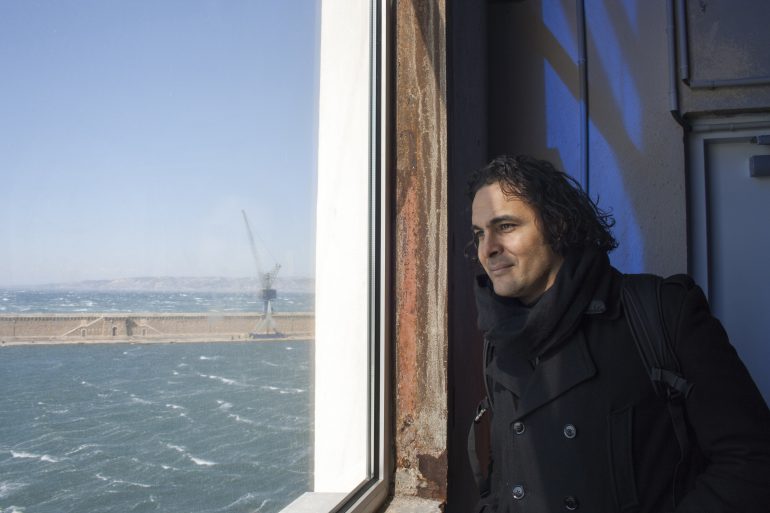Kader Attia was born into an Algerian family in 1970 in the Paris suburb of Seine-Saint-Denis and spent her early childhood between France and Algeria. The intercultural conflicts he experienced even as a child along with the years she spent in Congo, Venezuela and Algeria appear regularly as elements in her research. Attia had his first solo exhibition in the Republic of Congo in 1996, while he exhibited for the first time in Italy in 2003 in the 50th Venice Biennale. His works can be seen in numerous private and public collections, including the Tate Modern, the ICA in Boston, the Musée d’Art Moderne de la Ville de Paris and the Centre Pompidou. Deeply affected by his heterogeneous cultural background, Attia has developed an artistic language informed by his North African roots, his birth and education in France, and his cosmopolitan life as a contemporary artist. His poetics typically centre around the themes of cultural re-appropriation and the hybridization of objects, references and experiences with diverse historical and geographical contexts.
The Body’s Legacies. The Post-Colonial Body, 2018; Untitled, 2018
Video; sculpture
Kader Attia’s research investigates the relationship between the individual and the social body, focusing on the contemporary post-colonial body. The artist is especially interested in exploring the transformation of the body of the descendants of slaves and colonized populations, at a time when we are witnessing a new phenomenon of dislocation of bodies, as is occurring with the refugee crisis. In his film The Body’s Legacies. The Post-Colonial Body, Kader Attia interviews four people whose ancestors were slaves or members of colonized populations, offering in this way a reflection on the repression of the post-colonial body. The narration alternates between personal experiences and more generalized analysis, focusing, however, on a specific event, namely an attack on a young man, Théo Luhaka, in a Paris suburb in February 2017. Along with the film, Attia is exhibiting Untitled, a sculpture composed of a piece of wood traversed by a fissure held together with clips, in a metaphorical representation of human fragility.

